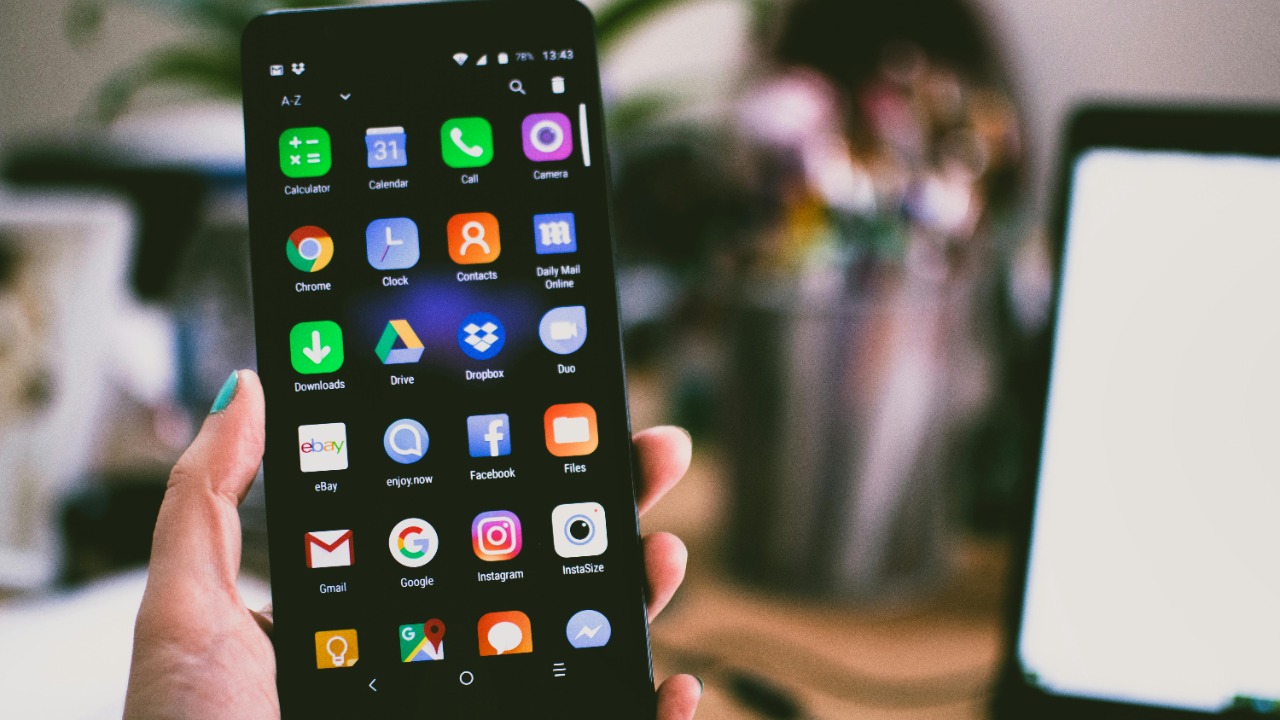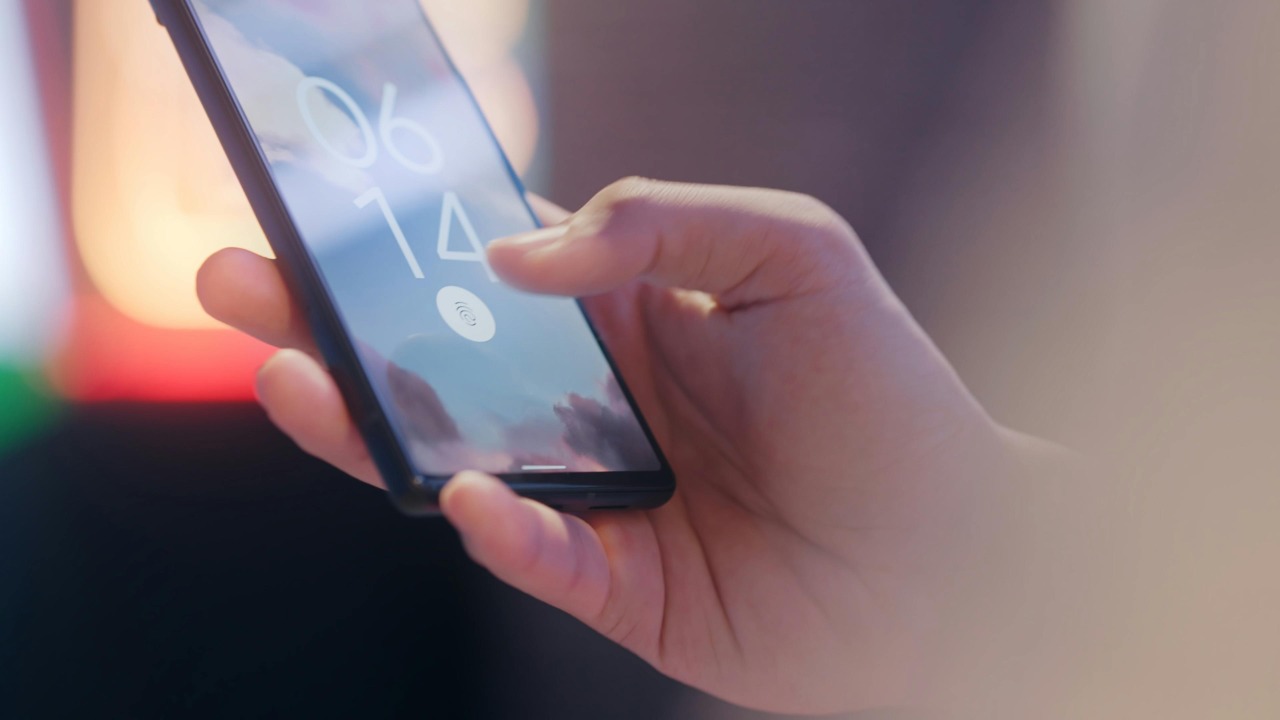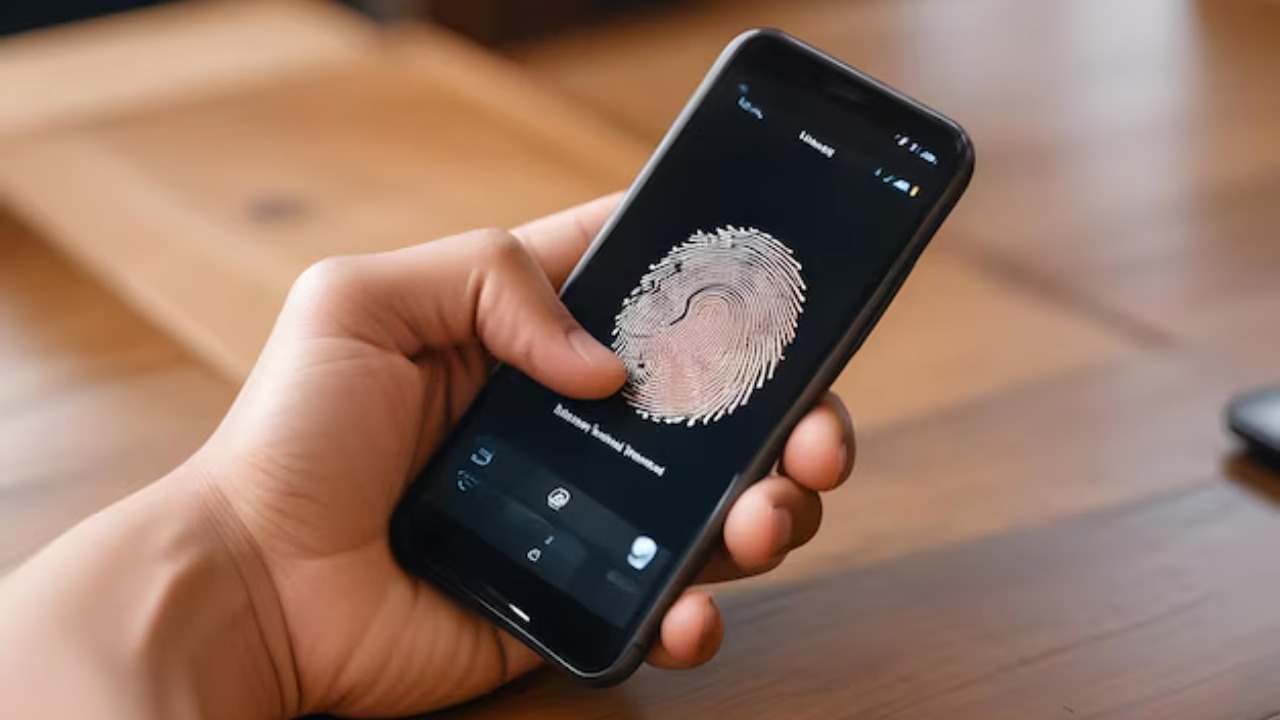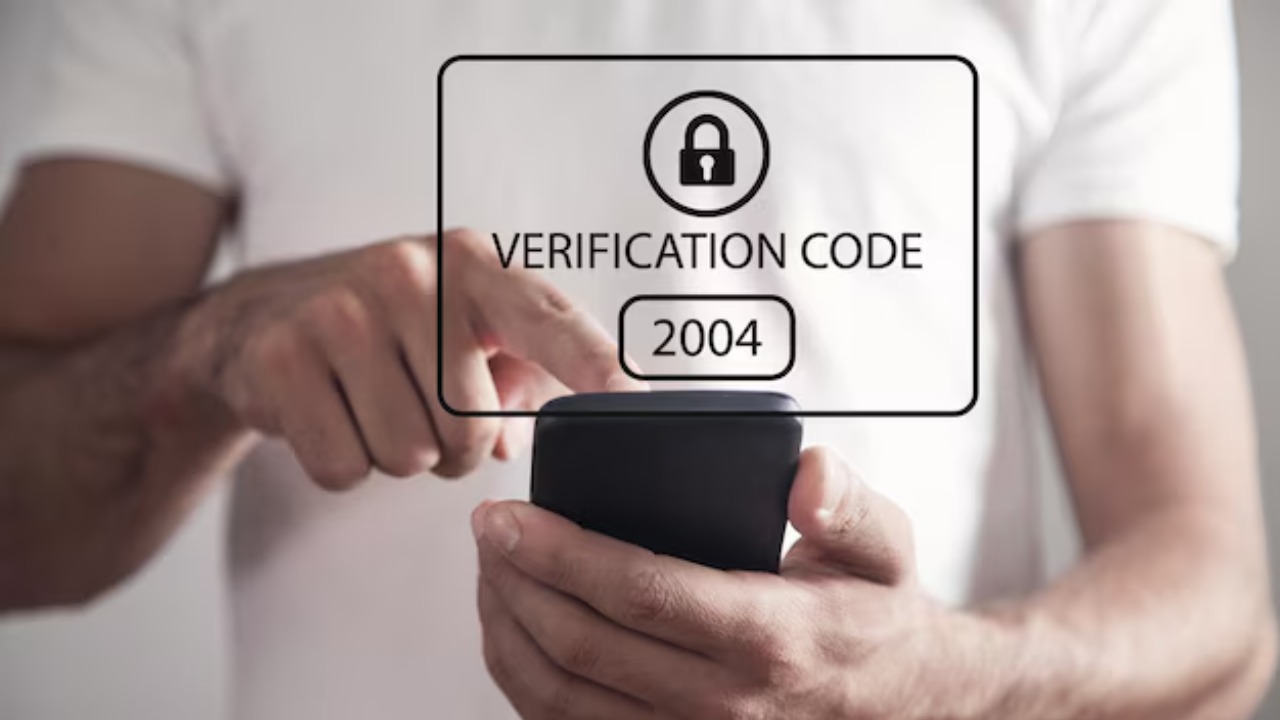
In an era of increasing digitalization, our personal data is routinely processed by a plethora of applications. This trend has magnified concerns about the mishandling of biometric data by apps, leading to increased scrutiny over the potential threats to user privacy and security.
Understanding Biometric Data and Its Importance

Biometric data refers to unique, measurable physical characteristics or personal behavior traits that can be used to identify individuals. This includes fingerprints, facial patterns, voice or gait patterns, and even retinal scans. In today’s digital world, the role of biometric data is becoming increasingly prominent as it offers a highly secure method of authentication.
However, the importance of safeguarding biometric data cannot be overstated. Unlike passwords or PINs, biometric data is inherently immutable – you can’t change your fingerprints or retinal patterns. In the hands of cybercriminals, this data can be used to perpetrate identity theft or fraud. Therefore, it is crucial that apps handling such sensitive information do so responsibly and securely.
The Dark Side of Biometric Data Collection by Apps

Many apps collect and use biometric data for a variety of purposes, ranging from user authentication to personalized marketing. However, not all apps handle this data ethically. For instance, certain virtual try-on tools have been accused of mishandling user data. As highlighted in this article, various makeup and fashion apps have faced backlash for not adequately protecting user biometric data.
Such incidents of biometric data mismanagement underscore the potential risks associated with the collection and use of this sensitive data. It is therefore essential for users to be aware of how their data is being used and to take necessary precautions to protect their privacy.
Potential Risks and Vulnerabilities in Biometric Systems

While biometric systems offer enhanced security, they are not foolproof. As per research conducted by Taylor Francis, these systems can be vulnerable to various security threats. These vulnerabilities can lead to unauthorized access, data breaches, and identity theft.
Furthermore, the worst-case scenarios of biometric data breaches could be catastrophic. For example, if a hacker were to gain access to a large database of biometric data, they could potentially use it to impersonate millions of individuals, leading to widespread identity theft and fraud.
Concerns about Privacy Rights and Biometric Data

The use of biometric data raises significant concerns about privacy rights. A case in point is the controversy surrounding the use of driver cameras in trucks. These cameras, which are meant to improve safety, have been criticized for infringing on driver privacy rights. As reported by Commercial Carrier Journal, these cameras have sparked debates about the balance between safety and privacy.
Existing laws and regulations surrounding biometric data and privacy vary widely from one jurisdiction to another. In many cases, the legal framework has not kept pace with technological advancements, leading to a legal gray area where user privacy may be compromised.
Mitigating the Risks: Safeguarding Biometric Data

Users can mitigate the risks associated with biometric data by taking certain precautions. These include using two-factor authentication, regularly updating software, and being cautious about which apps have access to their biometric data. However, the responsibility for safeguarding biometric data doesn’t just lie with users – app developers and technology companies play a critical role too.
As we move towards a future where the use of biometric data becomes increasingly prevalent, there is an urgent need for stronger regulations and more secure technologies. This article provides a comprehensive overview of the disadvantages of biometrics and the need for improved data protection measures. Only with these safeguards in place can we hope to strike a balance between the convenience of biometric data and the privacy rights of individuals.